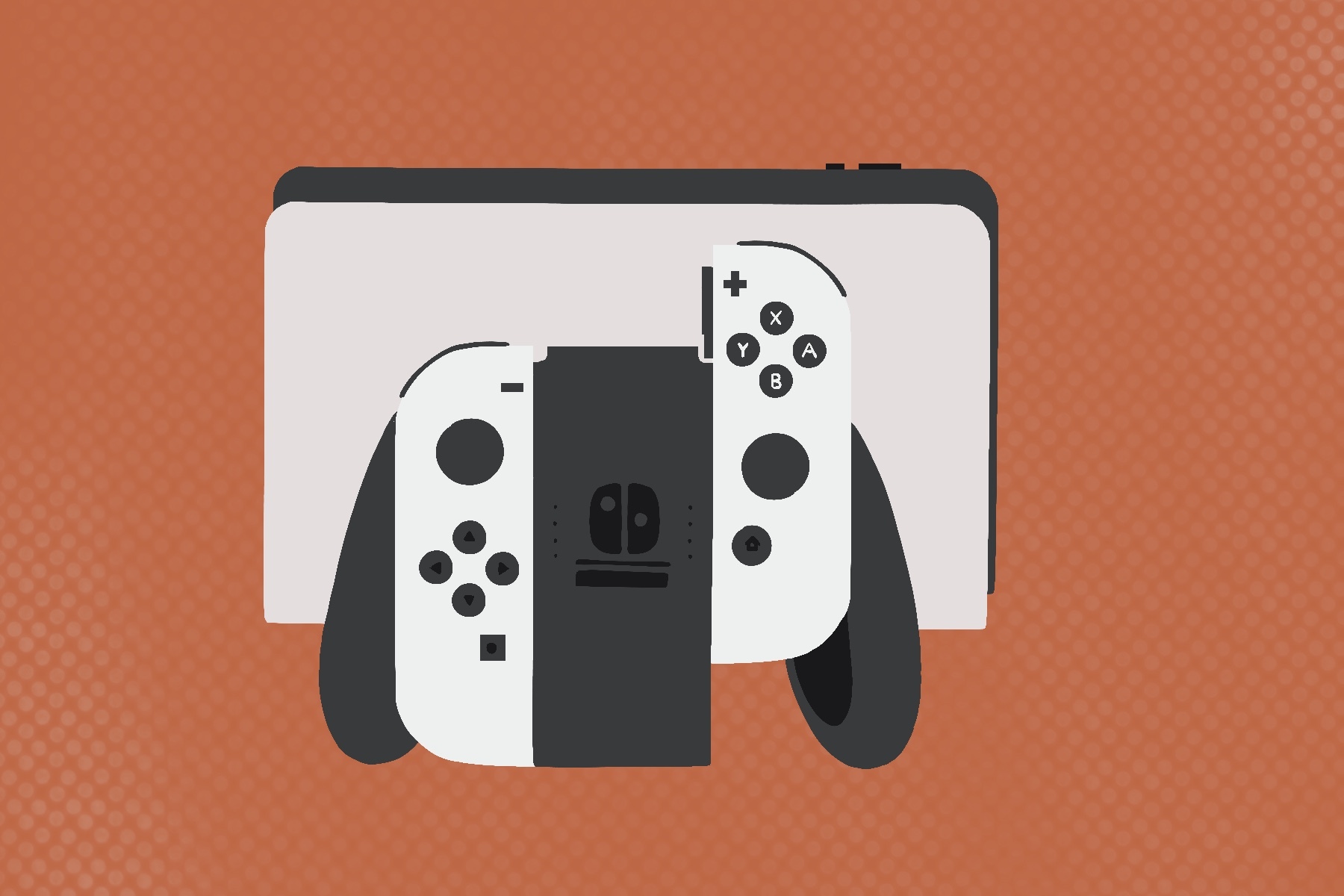After many years of anticipation and speculation, Nintendo has finally announced a new version of the fan-favorite Nintendo Switch: the Nintendo Switch OLED. The new model sports exactly what the name describes, which is an upgraded 7-inch OLED screen, along with other various upgrades.
Although many fans were rather disappointed after learning it will not support output in 4K, the new Nintendo Switch OLED is proving to be a success nonetheless with the initial stock selling out within minutes of the trailer’s release.
For fans who are still contemplating whether to purchase the upcoming device, here is all the latest information concerning the soon-to-be-released Nintendo Switch OLED.
What’s New About the Nintendo Switch OLED
The most prominent upgrade that the new Switch will feature is the new 7-inch OLED screen, which is fairly bigger (and brighter) than the 6.2 and 5.5-inch LCD screens on the Switch and Switch Lite, respectively.
OLED, which stands for organic light-emitting diode, is known to provide brighter, crisper displays as each pixel is individually controlled. Nintendo’s decision to change to OLED is exciting since it proves to be superior overall in comparison to the previous LCD (liquid crystal display) screens thanks to its incredible color contrast ratio.
Due to this modification, Nintendo fans will be able to play and experience a more vibrant version of their favorite games.
In addition to the fancy new screen, the latest model will also come with a wider adjustable kickstand that will make tabletop mode much more viable. In comparison to the flimsy, inflexible stand sported by its predecessor, this is a noteworthy upgrade, especially for on-the-go players, as it will allow fans to remove any screen glares with just a light push on the screen.
Another notable systemic improvement is the increase in internal storage. The Nintendo Switch OLED model will come with 64GB of onboard storage for digital game downloads, which is a tangible improvement from the 32GB that the old Switch models possessed.
Perhaps the most interesting upgrade, however, is the addition of a LAN port to the Switch OLED dock. By allowing the Switch to connect to a network using a wired connection, fans will now be able to compete and play with their friends online without worrying about an unstable internet connection. Surprisingly, the new dock will also be sold separately for fans who aren’t planning to buy the new Nintendo Switch OLED but still want to hardwire their regular Switch to the internet.
Finally, Nintendo also reported that the new device will also come with “enhanced audio.” While there are many theories as to what this claim entails, it is one of the features that many critics are looking forward to comparing to the old Switch.
While these new upgrades may not completely measure up to the rumored Nintendo Switch Pro, many fans and critics still remain excited for other hidden features that the Nintendo Switch OLED may include.
What Has Stayed the Same
Although there have been various improvements made upon the new Switch model, Nintendo Switch OLED still possesses many of the same features as the old Switch models.
Although the new device is sure to deliver more vibrant colors and an overall improvement in image quality, it will still feature the same 720p resolution (1080p when docked) as the previous models. In other words, while the colors may pop a bit more when playing a game, there won’t be a finer level of detail.
Additionally, the Joy-Con controllers that are included with the new OLED model will be completely identical to the current controllers. While this may be good news for some, this unfortunately also means that the issue of Joy-Con drift will most likely continue.
Interestingly enough, Nintendo hasn’t released any statements concerning battery life for the upcoming gaming device. Still, it wouldn’t be completely absurd to assume that the new model may possess a longer battery life since OLEDs do not require backlighting and can illuminate or turn off pixels, therefore consuming much less power than LCDs.
One of the most disappointing bits of news, however, is the lack of Bluetooth headphone support for the Nintendo Switch OLED. Many Nintendo fans were compelled to buy Bluetooth adapters for their old Switch, and it seems that those who are planning to purchase the new OLED model will most likely be forced to as well.
Despite key differences existing between the new and old Switch models, the Nintendo Switch OLED model continues to retain several of the flaws existing in its predecessor.
Who Should Purchase the New OLED Model
While the new improvements may appeal to those who don’t currently own a Switch, it may be difficult for existing Switch owners to decide whether to upgrade to the new OLED model or be content with their current device.
Those who primarily play in handheld mode and almost never dock their Switch may want to consider replacing their current device with the upcoming model. Although it fails to sport more powerful specs, the bigger display, as well as better image quality and viewing angles, is sure to contribute to a moderately superior gameplay experience in handheld mode.
On the other hand, the Nintendo Switch OLED may not be a good match for those who primarily play in TV mode and prioritize affordability. The Nintendo Switch OLED is essentially the conventional Switch with a larger, better display and kickstand for handheld mode. It lacks any significant hardware improvements for gamers who mostly play in TV mode, and the model is missing many of the previously rumored upgrades, including 4K support.
In short, newcomers to the Switch and those who mostly play in handheld mode may want to consider purchasing the OLED model. However, current fans who primarily play in TV mode and/or value inexpensiveness may want to stick with the original model.
The Nintendo Switch OLED is soon expected to be in stock for purchase on the likes of Best Buy and Amazon.

















